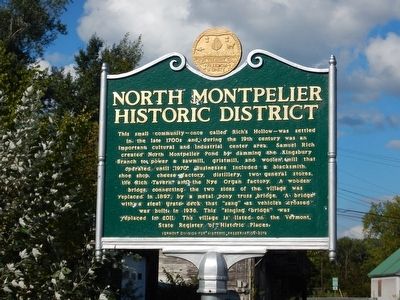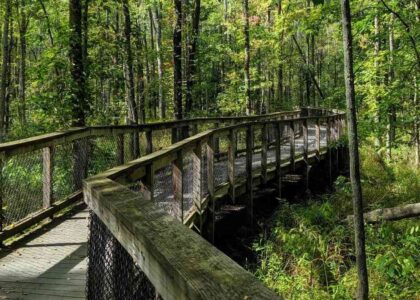Welcome to the Montpelier Historic District, a captivating area brimming with the rich history of Vermont’s capital city. Montpelier, named after Montpellier in France, was chartered in 1781, and the first permanent settlement began in 1787 when Colonel Jacob Davis and General Parley Davis arrived from Massachusetts. The town was officially selected as Vermont’s state capital in 1805, due in part to its central location and the generous donations of land and funds by its residents for the construction of the state house.
As you walk through the district, you’ll witness an array of 19th-century architectural styles, from high-style buildings to vernacular structures, that speak to the town’s gradual growth. One of the most significant buildings is the Vermont State House, completed in 1833, a symbol of the state’s government and a testament to the craftsmanship of the era.
Montpelier’s history is also marked by resilience. The city has rebuilt after devastating fires in 1875 and severe floods in 1927, 1992, and most recently in 2023. Each event shaped the community and contributed to its charming character. Notable figures such as former President Calvin Coolidge have walked these streets, adding to the city’s rich tapestry of history.
The Montpelier Historic District is not just a collection of old buildings; it’s a narrative of the past, reflecting the lives and stories of those who lived and worked here. Whether you’re exploring the elegant shops of Langdon Street or the industrial heritage near Hunger Mountain Coop, you’ll find stories that bring the past to life, showcasing Montpelier’s role as a pioneer of progressive politics and its enduring spirit.




